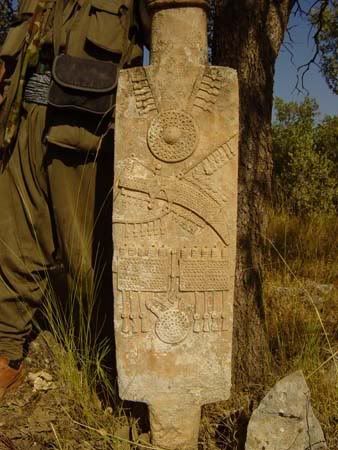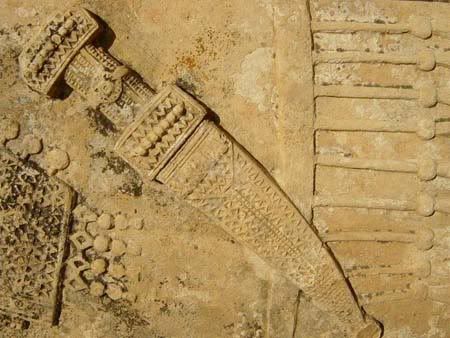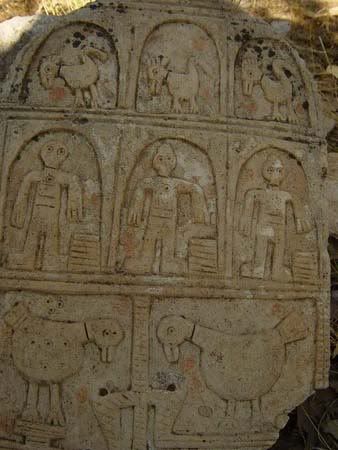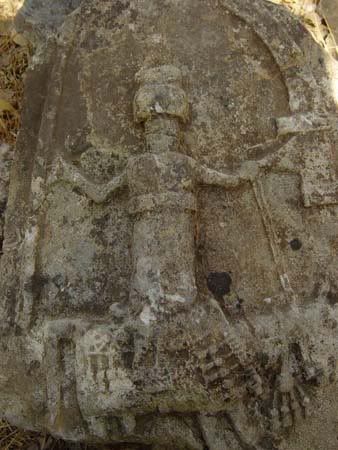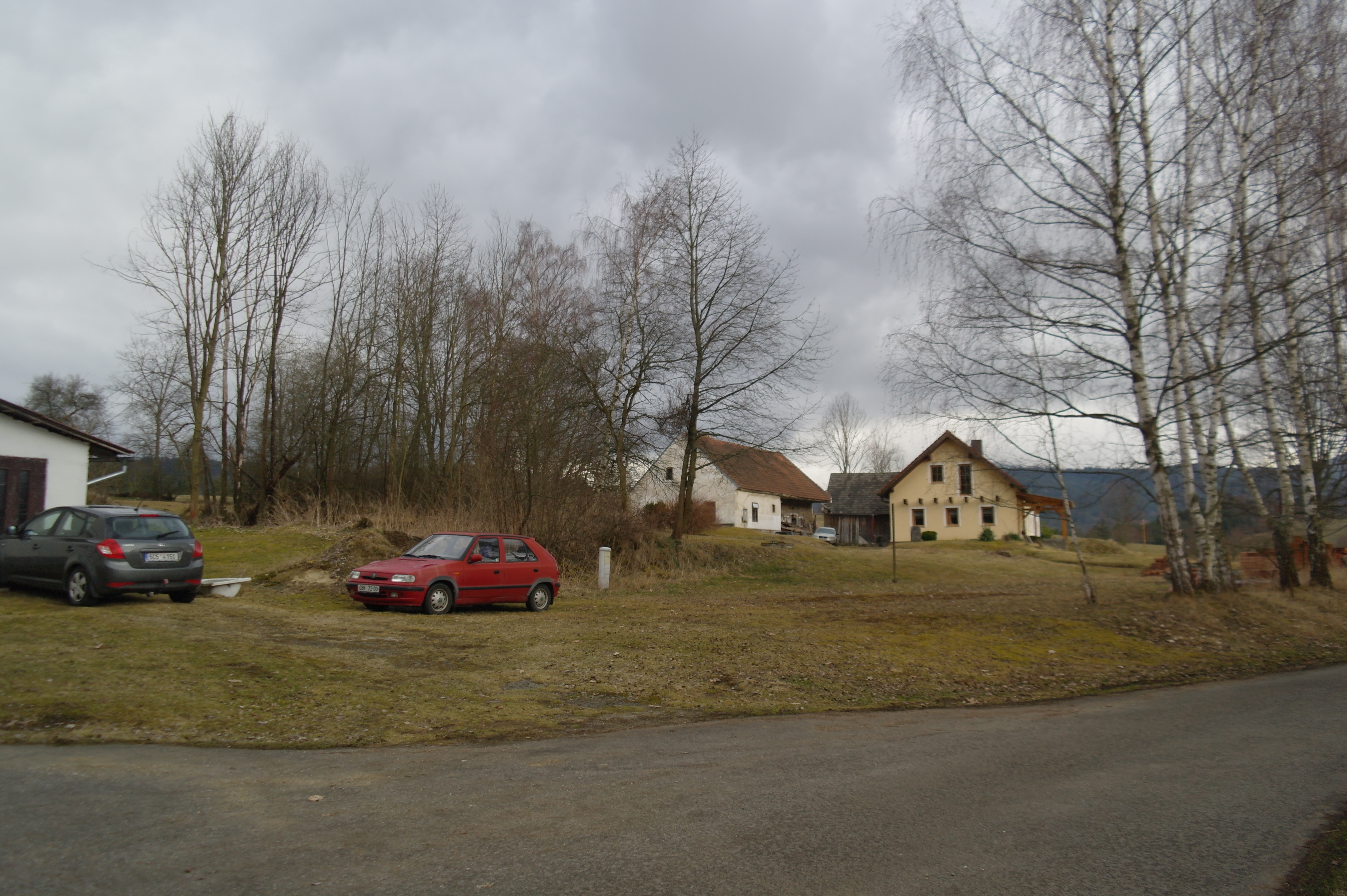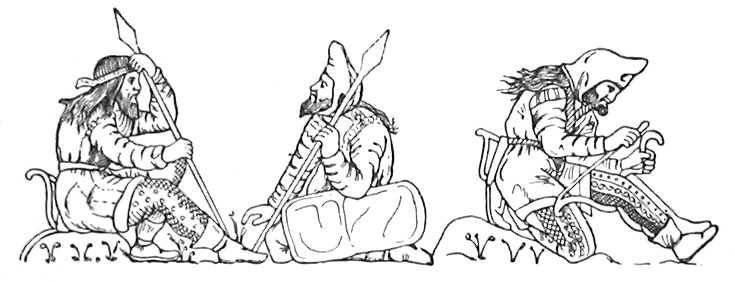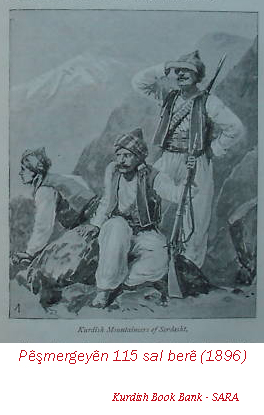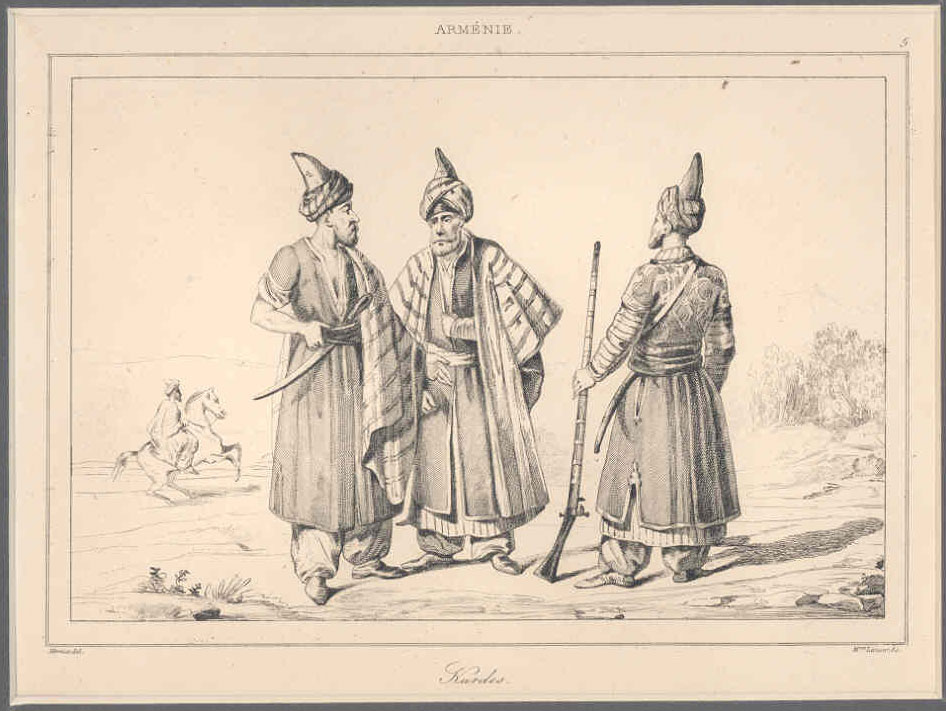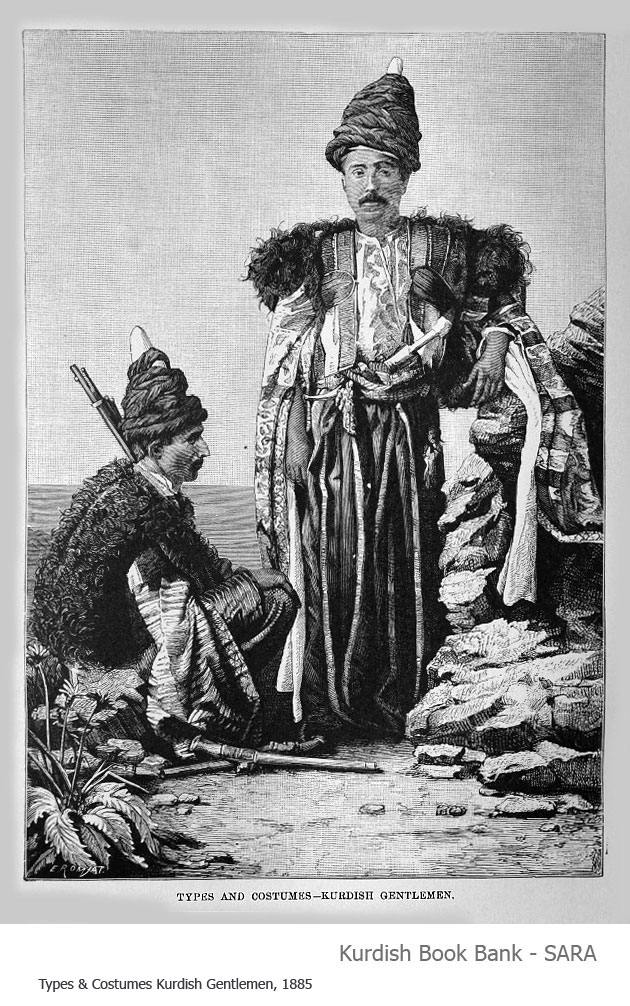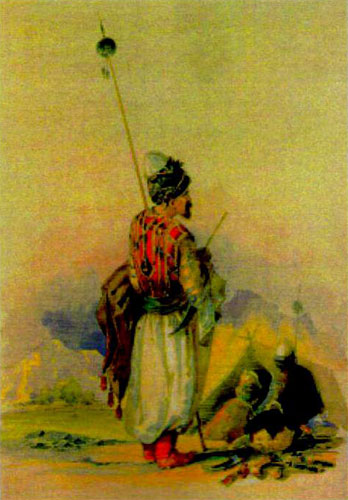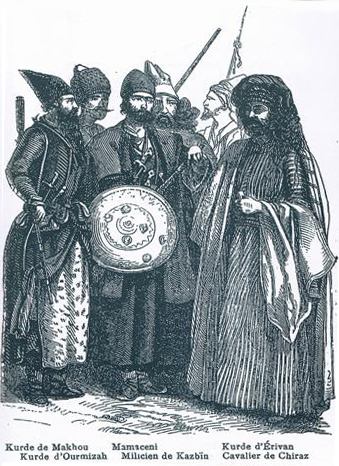Corduene was a kingdom in ancient Kurdistan, often been neglected by scholars. Among their notable kings were Zarbienus and Manisarus, whose etymology of names discloses the nature of the Iranic dialect they spoke: a middle Scythian dialect, the same as neighbouring Adiabene to the south of the kingdom.
Zarbienus, also recorded as Zarbiene, and Zarbien, (early-mid 1st c. BC), made overtures to Appius Claudius, when the latter was staying at Antiocheia, wishing to shake off the yoke of Tigranes. He was informed against, however, and was assassinated with his wife and children before the Romans entered Armenia. When Lucullus arrived he celebrated his funeral rites with great pomp, setting fire to the funeral pile with his own hand, and had a sumptuous monument erected to him. His name is comprised of two components, the first part is ''zar'', middle Iranic development for
gold/golden, deriving from the old Avestan and Scythian ''zaranya''. The old Persian equivalent of zaranya was daranya, while later on, Zar entered as a loan into Persian and replaced the original old Persian daranya.
Plutarch has even recorded the name as Zerbienus, which reflects the typical middle and new Kurdish development of /a>e/.
It is a cognate with name of the eastern Scythians (Sakas) queen, "Zarina". She led a rebellion by Scythians and Parthians against the Median King Cyaxares, who according to Herodotus had recovered his kingdom through intoxicating Scythian nobles; (that is after Scythian emperor Madius had counqered the Medes). The name of Zarina which means ''golden'', is still used for Kurdish females. The name has also been borrowed into Persian.
Manisarus (ca. 115 AD) took control over Armenia and Mesopotamia; therefor Osroes, the Parthian king, declared war against him; Manisarus sided with Romans. There are some coins extant, which are assigned to Manisarus. The etymology of his name is explained by linguist and orientalist Ferdinand Justi (author of "Kurdische Grammatik"), in his valuable book "Iranisches Namenbuch" to mean
"unique and unparalleled lord/master".
The image above, shows an old drawing from one of the silver coins of the King Manisarus. Note King's headband (or diadem), typical for Scythian kings, such as King
Izates II of Adiabene.








